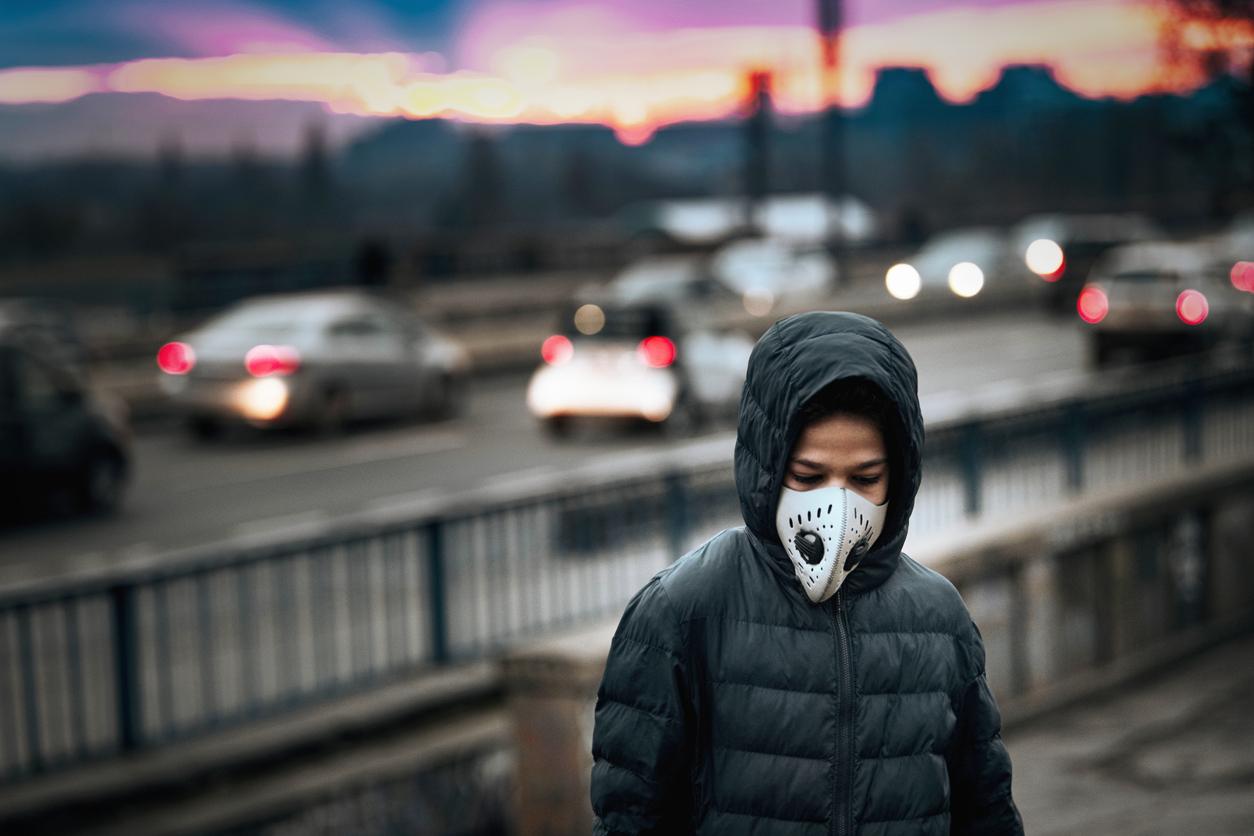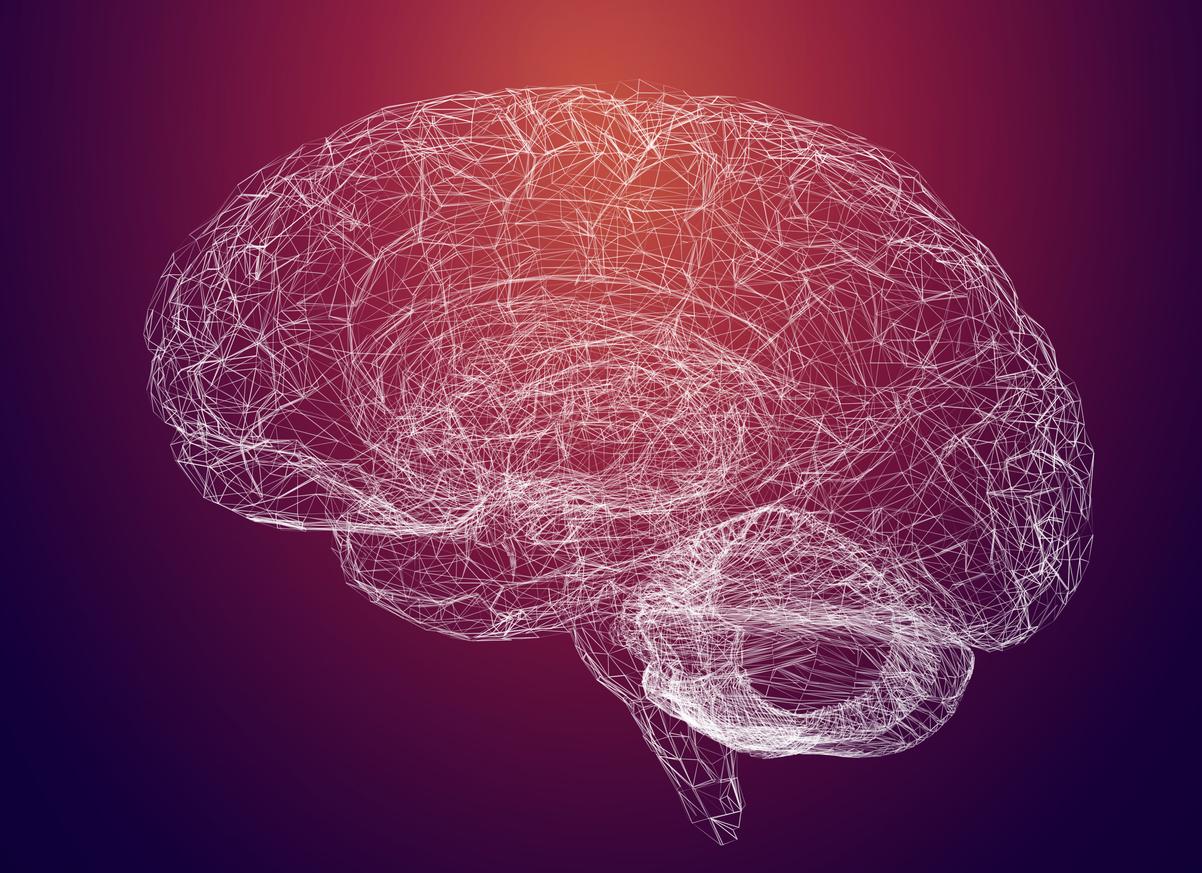Burnout, a syndrome of professional exhaustion in French, was first described in 1974 by American psychiatrist Herbert Freudenberg.
What is burnout?
A burnout is a emotional and mental physical exhaustion which is often the result of prolonged over-investment at work, accompanied by self-imposed emotional demands. However, it should be noted that burnout is not considered a mental illness in the reference classifications (WHO International Classification of Diseases ICD-11 and the 5th edition of the Diagnostic and Statistical Manual of Mental Disorders DSM- 5 of the American Psychiatric Association, editor’s note). It is rather an emotional disorder, such as suffering at work or an anxiety disorder.
What are the differences between depression, burnout or severe fatigue?
In burnout, we find a set of symptoms that cause the syndrome of professional mental exhaustion. The manifestations are more or less important and settle very gradually, often insidiously. What is really very characteristic of burnout is the rupture. That is to say that these manifestations create overnight a break with the original emotional state of the person.
Concretely, what are the symptoms of burnout?
On the emotional aspect, we find anxiety, muscle tension, mood swings – we oscillate between anger, sadness, hypersensitivity. We find memory problems, a lack of concentration, we are really at the end of our intellectual resources. In terms of motivation, a loss of meaning gradually sets in and results in a disengagement, as if we could no longer understand what motivated us before at work. We also observe an erosion of the values that we put in this work. We doubt his skills, his ability to perform a task, we question our professional choices. And often, the person devalues himself more and more. There are also very strong behavioral signals: withdrawal, isolation, aggressiveness and loss of empathy towards loved ones. It is a feeling of endangerment, which creates withdrawal into oneself, without the person really realizing it.
Are there also physical manifestations in burnout?
A whole physical symptomatology yes, with difficulty sleeping, musculoskeletal pain, headaches, dizziness, eating disorders, stomach aches…
And one day, without having seen it coming, it’s the break. That’s right ?
Yes. Without even realizing it, a process of exhaustion is taking place and leading to this breaking point. Patients explain: “I woke up one morning and couldn’t get out of bed”. While, as we know, the burn-out had been setting in for several weeks or even several months already. When you see the patients, they are in a very fragile situation but in reality, they have held on with strength and selflessness for months. These are people who generally don’t listen to each other and hold on for a very long time, too long. Until the break.
Why, psychologically, does it break at some point?
It is very important to work on the suffering linked to this professional exhaustion in order to understand this rupture. But special attention should also be paid to the personal and family history of the patient. You have to understand his personal relationship with work, the demands within the family, the demands of his parents. We find in the family history of the patient a parental recognition only conditioned to the work accomplished, to the results, a competition within the siblings, the defaulting parents… It is the whole history of the patient which creates the conditions of endangerment at work and burnout.
So working conditions are not enough to explain burnout?
Obviously not. Working conditions are also in question, such as overwork, lack of recognition, but personal history is just as important. Why are we to the end in contempt of his emotional, physical, psychological disorders? In the minds of these patients, in general, as long as they haven’t cracked, they can hold on. They are often very surprised that they are diagnosed with burnout. And to the breaking point, they see nothing coming. These are people who hold the results, who perform at work and never imagine they can crack.
Is it only after the break that we diagnose burnout?
Yes. We do not diagnose a burn-out without the patient having arrived at the rupture. We can alert him to a risk of exhaustion but we are not yet talking about burn out. And when the diagnosis is made, after the breakup, it then takes weeks, sometimes months for these people to accept it and feel entitled to stop. Prior to this, they feel that they have not lived up to what was expected of them at work. For them, they should have fulfilled the objectives, and depreciate.
How are patients who suffer from burnout syndrome treated?
Psychological support is always needed. Sometimes drug treatment is necessary. When we find in the foreground a deep sadness, anhedonia – loss of the ability to feel pleasure -, apathy, antidepressants are prescribed to treat this depressive symptomatology. And if it’s the anxiety disorder that’s prominent like panic attacks, feelings of tightness, difficulty sleeping, dysfunctional, intrusive thoughts, then anti-anxiety medications can help. We can also offer a treatment to help patients who cannot sleep.
What evolution for these patients?
Many of the patients will not return to their old jobs under the same conditions. They seize the opportunity to question themselves, review their values and the place of work in their lives. It is very disturbing for them to realize how much they have inflicted this suffering on themselves. When they become aware of it, they have this very strong need to understand why so that it does not happen again. ‘What is my path? Do I necessarily have to flourish in self-sacrifice and performance at work?’ They seek a better balance between social, professional and family life, the three great spheres of life. These are existential questions that are ultimately salutary. They know that if they return to the same environment, the same causes will create the same consequences. It is therefore a very healthy approach but which can however take time.
Can we paint a typical portrait of victims of burnout?
According to the High Authority for Health (HAS), women are twice as likely as men to be victims of burnout (3.1% in women, 1.4% in men according to HAS figures from 2012, editor’s note). Personally, I don’t have any quantified studies, but what I see in my office are women who need to prove something, it’s good student syndrome. They need recognition and affection. I note that very early in childhood, they adhered to the belief that if they performed, they existed.
Have you noticed an increase in cases of burnout since the start of the pandemic and the generalization of telework?
Completely ! Two reasons for this. The first is that there is a porosity between personal life and professional life, in addition to guilt at being at home, we want to prove that we are working. We always answer his emails and we can’t get the computer to shut down at 6:30 p.m. because we don’t have transport so we work even later. The second reason is over-investment at work. The Covid has been a source of anxiety and stress. To make sense of it all and hold on despite this feeling of insecurity, some people clung to one of the only areas they could master. They then overinvested in work to reassure themselves and to find meaning in this period of insecurity and uncertainty.
Can we prevent burnout?
It is important topay attention to one’s emotions, to changes in behavior, to the messages transmitted by our body. Work can be beyond a certain threshold, a source of suffering, and you have to keep that in mind. It is essential to ensure the balance between the three main spheres of our life, private, social and professional.
Read also:
- 10 tips to protect yourself from work
- Improving the diagnosis of burnout
- Chronic fatigue: what to do?


















